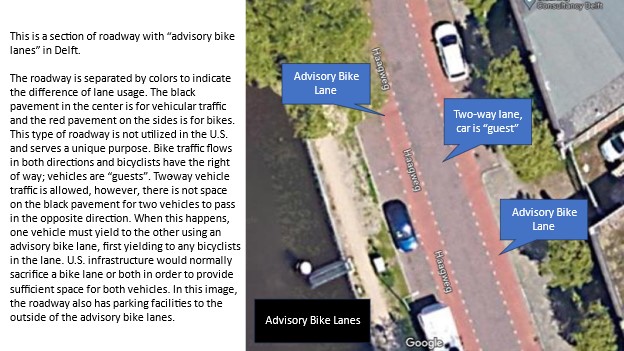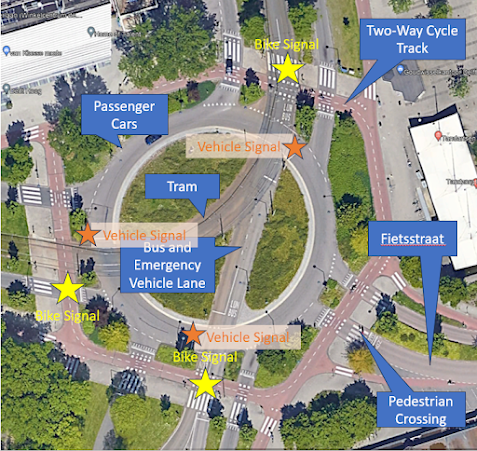Bicycle parking near the Delft train station, underneath The Social Hub. The 2023 Netherlands study abroad pod arrived in Delft the morning of June 21, and by that evening had biked on rented bikes all the way to the coast. When I could think something other than, THIS IS SO COOL, I thought, this is the community I want to live in. First, I noticed the lack of cars. Then, how the number of bicyclists significantly exceeded the number of cars. I noticed how, even though vehicle access was provided everywhere, less vehicles meant more space could be dedicated to bicyclists or other uses, and that these communities felt more walkable and more comfortable simply for the lack of vehicles to worry about. More gradually, I noticed the lack of exhaust fumes and car noise. I noticed the greenery integrated into the transportation network, and a greater sense of peace, and ease. These were my initial impressions of the Netherlands. If there's one picture I keep coming back to to sum up my in...





